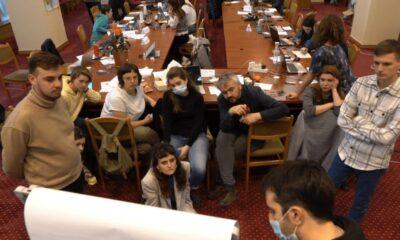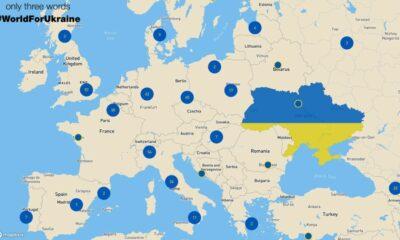Economy
Analysis: Hungary’s mol energy company grows in Central Europe and beyond
Reading Time: 3 minutesHungary’s national energy company, MOL, is mounting an effective defense against a hostile takeover by its Austrian counterpart, OMV, which could lead to Russian takeover of Hungary’s energy sector (s
Author: Vladimir Socor, Eurasia Daily Monitor
Hungary’s national energy company, MOL, is mounting an effective defense against a hostile takeover by its Austrian counterpart, OMV, which could lead to Russian takeover of Hungary’s energy sector (see EDM, July 24, 25). As part of its defense — but also in the course of its organic growth — MOL is expanding its business in Central Europe and breaking into markets within “old” European Union countries (Dow Jones, Wirtschaftsblatt, MTI, August 1-6).
On July 31, MOL signed an agreement to purchase 100% of the Italiana Energia i Servizi (IES) company in Mantua, northern Italy, for a price of almost $800 million (including $300 million to cover the IES debts). MOL is thereby acquiring the refinery near Mantua with a processing capacity of 2.6 million tons of crude annually, as well as a network of 165 fuel stations (including 35 fully-owned) in northeastern Italy. With an additional investment of $130 million, MOL plans to increase the plant’s capacity to 3 million tons annually and upgrade its equipment, raising its profitability rate to MOL’s own high benchmark of 16% in refining.
MOL did not need to take out a loan to purchase IES. This acquisition increases MOL’s refining capacity by nearly 20% to some 16 million tons annually and also increases its foreign retail network by approximately 20%. It also marks an expansion of MOL beyond its core markets in Central Europe. MOL’s move into the northeastern Italian retail market can potentially lead to further expansion in that region through synergy with MOL’s refining assets in Croatia.
In Croatia, MOL owns a stake of 25% in INA, the country’s largest economic entity, with two oil refineries and the leading position as fuel retailer. The Hungarian company prepares to increase its stake in INA, albeit not through an unsolicited public bid (or “hostile takeover”) but through agreement with the Croatian government and other shareholders.
INA’s refineries, at Rijeka and Sisak, with a combined processing capacity of some 4 million tons of crude annually, are being overhauled to produce European Union-standard gasoline by 2011 and thus export the product to EU countries. The northern Italian fuel retail market is a likely primary target in conjunction with MOL’s acquisition of IES there.
On August 2, MOL signed an agreement to purchase 100% of Tifon, a fuel wholesaler and retail trader in Croatia. Tifon owns a chain of 36 fuel stations in Croatia, with a share of 7% of the country’s retail market and another 20 fuel stations under construction. Thus, along with its existing and potentially expanding stake in INA’s oil refining and product trading, MOL is becoming a major player in Croatia as well.
The Hungarian company is already dominant in Slovakia through the MOL-owned Slovnaft refinery. Mainly through Slovnaft, MOL holds almost a quarter of the Czech Republic’s market for oil products and nearly 20% of Austria’s market, which is OMV’s home. OMV’s major refinery at Schwechat near Vienna — in immediate proximity to the Czech, Slovak, and Hungarian borders — is less modern and less competitive than MOL’s Slovnaft and Szazhalombatta refineries (near Bratislava and near Budapest, respectively) on those markets.
Significantly, OMV is said to have been among the bidders who lost to MOL in the contests for IES and Tifon.
MOL’s acquisition program demonstrates that the company can continue growing in Central Europe and now enter Western Europe as well. The program increases MOL’s capitalization and potentially the value of its shares, not least against non-transparent share acquisitions by hostile bidder OMV or by Russian proxies (one of whom facilitated OMV’s surprise increase of its stake in MOL from 10% to 18.6% in June). The Hungarian company’s acquisitions through open tenders also confirms its capacity to advance regional consolidation processes in its own right
As part of defending against OMV’s merger bid, MOL embarked on a share buy-back program in late June. Since then, the company has concentrated nearly 40% of the shares in friendly hands. Other shares, however, are in OMV-friendly hands (apart from OMV’s own stake).
MOL’s fragmented ownership structure has no Hungarian government share. OMV is at least 31% owned by the Austrian-government, with another 17% of the stock held by public funds. In recent days, Austrian Economics Minister Martin Bartenstein has come out publicly for an OMV-MOL “merger.” This is a euphemism for what Hungary regards as a hostile bid that could be followed by re-sale of MOL assets to Russia. In Hungary, Bartenstein’s intervention is regarded as confirming OMV’s close links with the Austrian government. OMV itself has become heavily dependent on Russia for the gas business, under agreements signed during Russian President Vladimir Putin’s recent visit to Austria (see EDM, May 29).
The risk that an OMV takeover of MOL may lead to a Russian takeover of MOL assets — and later even of OMV itself — seems clear outside Hungary as well. According to an American analyst, Moscow may be trying to use OMV as a Trojan horse in Hungary (Zeyno Baran, testimony to the U.S. House of Representatives Committee on Foreign Affairs, July 25). As seen from Slovakia, An OMV takeover of Slovnaft would probably result in offering Slovnaft to Russians (Sme [Bratislava], August 2). As seen from Croatia, “MOL’s actions are a defense from the Russians, not the Austrians; more from Rosneft than from OMV”
Economy
Moldova will receive a disbursement of 36 million euros as part of the the Economic Recovery Plan
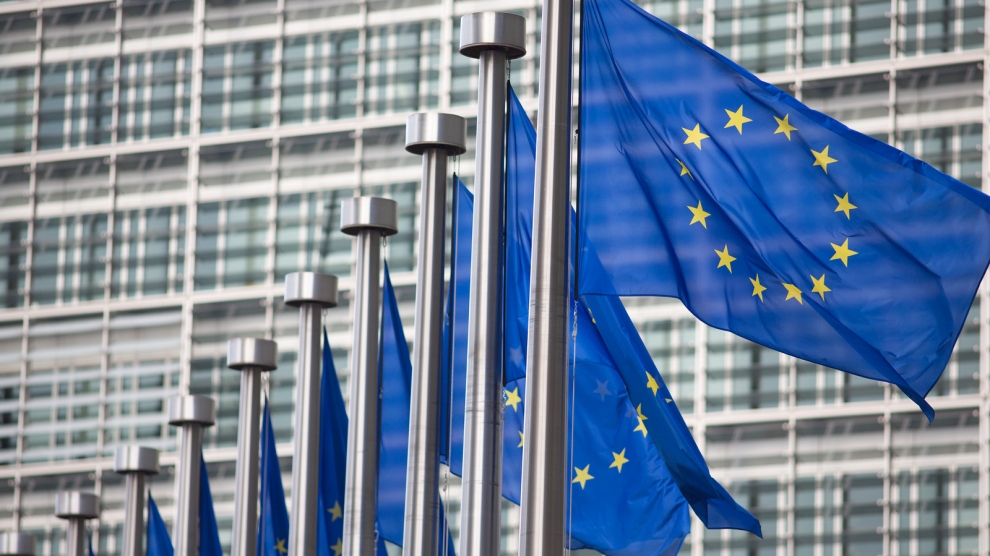
This week, the European Commission approved the disbursement of 36 million euros in grant money for the Republic of Moldova. The announcement was made by Deputy Director-General for Neighbourhood Policy and Enlargement Negotiations at the European Commission, Katarina Mathernova, who paid an official visit to the Republic of Moldova between September 13-15, together with Managing Director for Russia, Eastern Partnership, Central Asia, Regional cooperation and OSCE, at the European External Action Service, Michael Siebert.
The EU officials had meetings with President Maia Sandu, Minister of Foreign Affairs and European Integration, Nicu Popescu, Speaker of Parliament, Igor Grosu, Prime Minister of the country, Natalia Gavrilita, as well as key representatives of Government, international financial institutions and the civil society, according to a press release issued by the Delegation of the European Union to the Republic of Moldova.
Beside such topics as the EU-Moldova relations and prospects, the priorities of the reform agenda of the new Moldovan Government, preparations for the Eastern Partnership Summit at the end of the year and the Transnistrian conflict settlement, the officials also discussed the EU assistance in support of reforms and the Economic Recovery Plan for Moldova, which was announced in June with a total EU support of 600 million euros over the next 3 years.
“The first measures under the Economic Recovery Plan will shortly materialize, with the expected disbursement of 36 million euros in grant money under budget support programmes to support the authorities’ efforts to fight against the consequences of the pandemic. Moldova can count on EU’s assistance on its path to reforms and to recovery, bringing tangible results to citizens,” Katarina Mathernova stated.
The plan is based on assistance provided by the European Union through various bilateral and regional instruments, aiming to mobilize the funds in the form of grants, loans, guarantees and macro-financial assistance.
“The Economic Recovery Plan for the Republic of Moldova involves much more, not just this financial support provided immediately. It must help digital transformation, strengthen infrastructure, energy efficiency, education and support small and medium-sized enterprises,” the EU official also said.
As Prime Minister Natalia Gavrilita informed, “The Economic Recovery Plan and the 5 flagship initiatives for Moldova in the Eastern Partnership will directly contribute to the reform and consolidation of institutions, stimulate long-term socio-economic development, bring direct benefits to citizens, and unleash new economic opportunities through promoting the green agenda and digitization. Small and medium-sized enterprises (SMEs) have been hit hard by the crisis. Promoting and diversifying access to finance and reducing collateral requirements will be essential in supporting economic operators. We are grateful to the EU partners who will launch two programs to support 50 000 independent Moldovan SMEs to adapt to the new conditions.”
President of the Republic of Moldova, Maia Sandu, welcomed the decision of the European Union to disburse about 745 million lei in grant money, as the official page of the President’s Office announced. “EU support comes after a long period of freezing of European assistance, caused by former governments. We managed to relaunch the political dialogue with the European Union and resume financial assistance. The Republic of Moldova is gradually regaining the trust of its strategic partners. This European support is also a signal of encouragement for the new Government team in its commitment to clean up the institutions, fight corruption and launch development programs in the country,” said Maia Sandu.
Photo: unknown
Economy
Romania and Moldova signed a partnership memorandum pledging to cooperate in promoting their wines
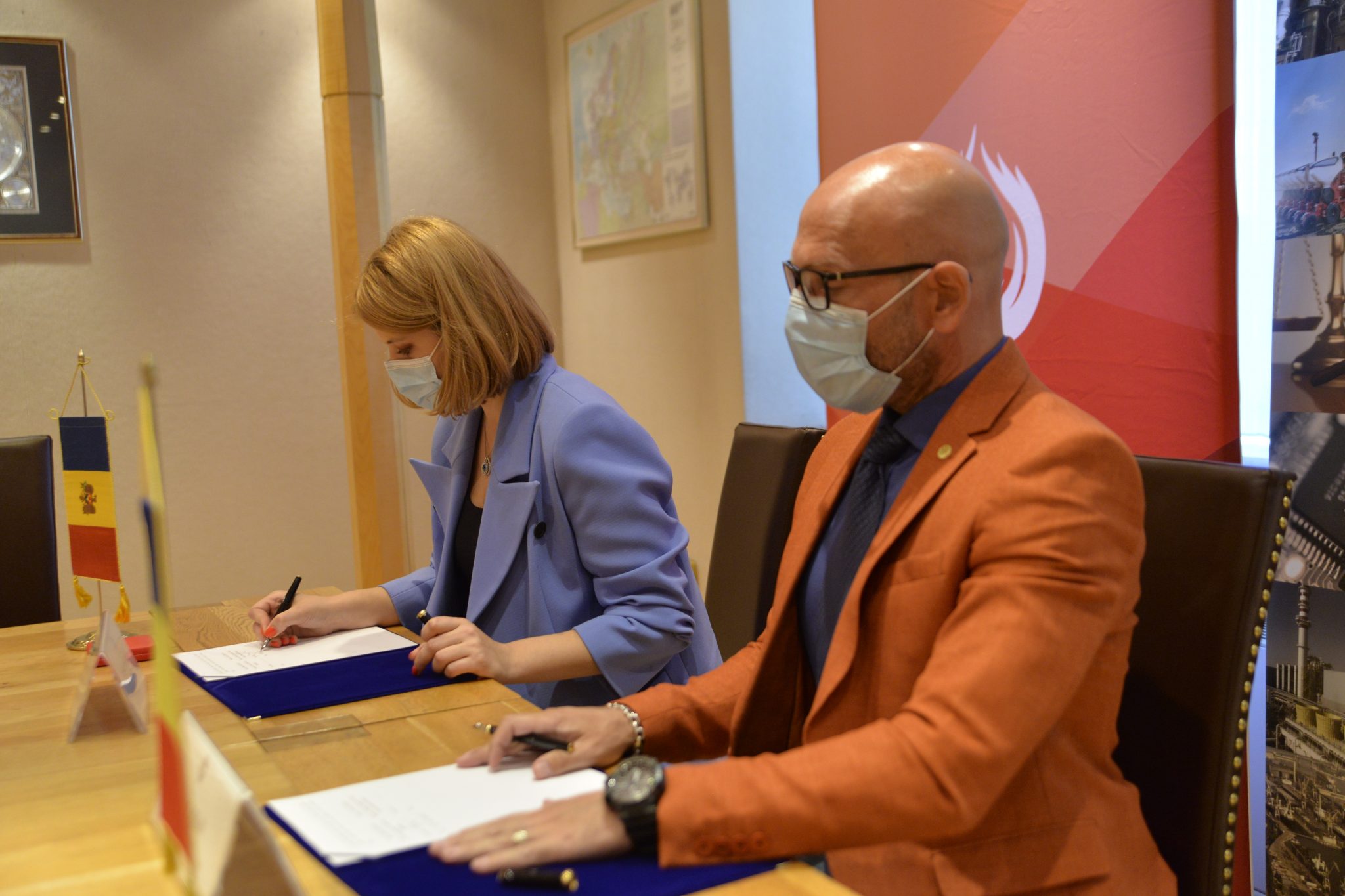
The Chamber of Commerce and Industry of Romania (CCIR) and the National Office for Vine and Wine (NOVW) of the Republic of Moldova signed, last week, a memorandum of cooperation on organizing joint promotional activities in the markets of common interest, as the CCIR announced.
China, Japan or the USA are just some of the markets targeted by the Romanian and Moldovan institutions. The memorandum also involves advertising activities for wines from common indigenous varieties, promoting the oeno-tourist region, developing a tourist route in the two states, exchange of experience, study visits, and mutual support in identifying new export opportunities. “We are very confident that this collaboration between our organizations will lead to sustainable economic growth and a higher degree of well-being among Moldovans and Romanians,” claimed Deputy Secretary-General of CCIR, Bogdan Visan.
On the other hand, Director of the NOVW, Cristina Frolov, declared that no open competition with Romania is aimed at the governmental level of the Republic of Moldova. “This request for collaboration is a consequence of the partnership principle. Romania imports 10-12% of the wine it consumes, and we want to take more from this import quota. Every year, the Romanian market grows by approximately 2.8%, as it happened in 2020, and we are interested in taking a maximum share of this percentage of imported wines without entering into direct competition with the Romanian producer,” the Moldovan official said. She also mentioned that Moldova aims at increasing the market share of wine production by at least 50% compared to 2020, and the number of producers present on the Romanian market – by at least 40%.
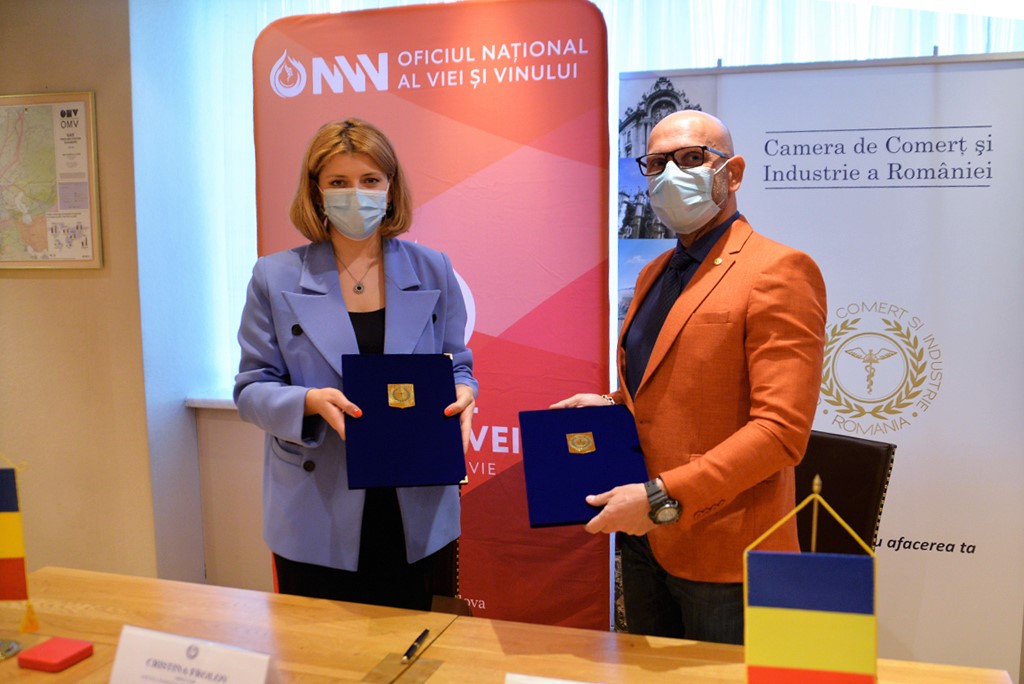
Source: ccir.ro
**
According to the data of the Romanian National Trade Register Office, the total value of Romania-Moldova trade was 1.7 billion euros at the end of last year and over 805 million euros at the end of May 2021. In July 2021, there were 6 522 companies from the Republic of Moldova in Romania, with a total capital value of 45.9 million euros.
The data of Moldova’s National Office of Vine and Wine showed that, in the first 7 months of 2021, the total quantity of bottled wine was about 27 million litres (registering an increase of 10% as compared to the same period last year), with a value of more than one billion lei, which is 32% more than the same period last year. Moldovan wines were awarded 956 medals at 32 international competitions in 2020.
Photo: ccir.ro
Economy
Moldova’s hope to be a top walnut exporter and its main difficulties
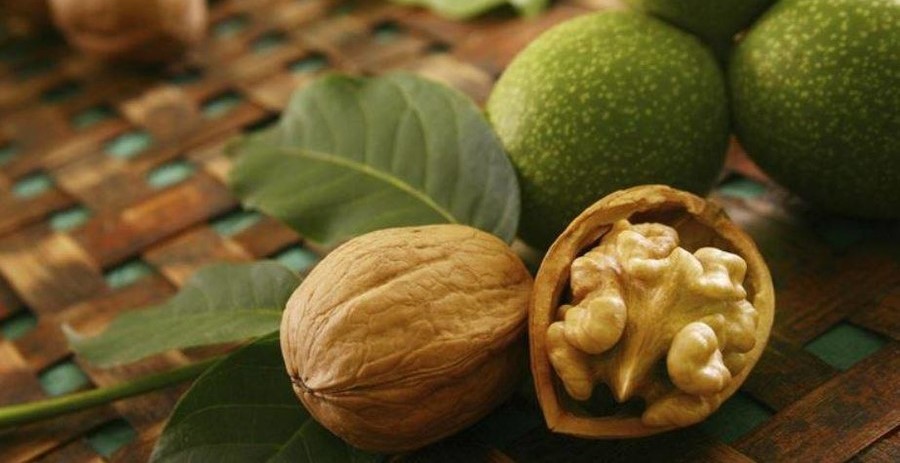
The Republic of Moldova has perfect weather conditions for growing walnut trees, that creating a great potential of walnut production and trade, especially on international markets, where the demand is way higher than the product’s supply. National and international experts believe that the country’s walnut production industry is on the verge of important transformations, which could lead to increased yields, quality and competitiveness worldwide.
According to authorities, Moldova exports 34-35 thousand tons of walnuts in shell, which is about 7% of the total export of fruit and 5% of the total export of horticultural products. The export value is assessed as being $120 million, that being 57-60% of the total fruit export value and about 50% of horticultural export value. Most of walnut crops are exported to the EU countries, such as France, Germany, the Netherlands, Romania and Austria. The country’s exports were among the world’s top 10 when it comes to the highest dollar value of the product during 2020.
Viorel Gherciu, Minister of Agriculture and Food Industry, pointed out that the production in the domestic walnut industry has increased by 55% in the last five years, which ranks Moldova among the main producers in the world.
“The biggest opportunity for this industry is that we are in the geographical proximity of the largest walnut import area in the world, which is the European Union, with almost 40% of total imports in the world. We are on the EU border, with privileged relations, with an Association Agreement. We already enjoy a good relationship in working with European importers, they trust our processors. A very close collaboration has been created and this is, in fact, the guarantee for those who invest in the area,” claimed the president of the Walnut Producers Association, Oleg Tirsina.
The data provided by the National Bureau of Statistics show that there are 34.7 thousand hectares of walnut plantations in the country. 20.90 hectares are represented by orchards. 75% of planted orchards are formed of old varieties trees. 30-35% of the exported production comes from orchards, the rest comes from individual farmers and plantations along the roads. This means that the quality of walnut production is not at its maximum potential. Developing commercial plantations through orchards modernization and extension of walnut varieties would provide double yield and better quality, experts say.
Governmental support in the form of subsidizing solutions, foreign investments and credit options are indispensable for the industry development. One of the financing options is the credit line of the European Investment Bank Project. Since 2016, 15 producers and processors of nuts, almonds and hazelnuts have benefited from these loans with the total amount of investments worth 8.7 million euros. A further extension of the project would provide another 60 million euros for the modernization of the horticultural sector in general and for harvesting organic walnuts in particular.
Photo: heymoldova.com


